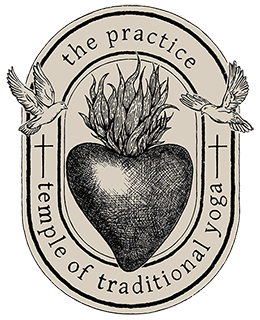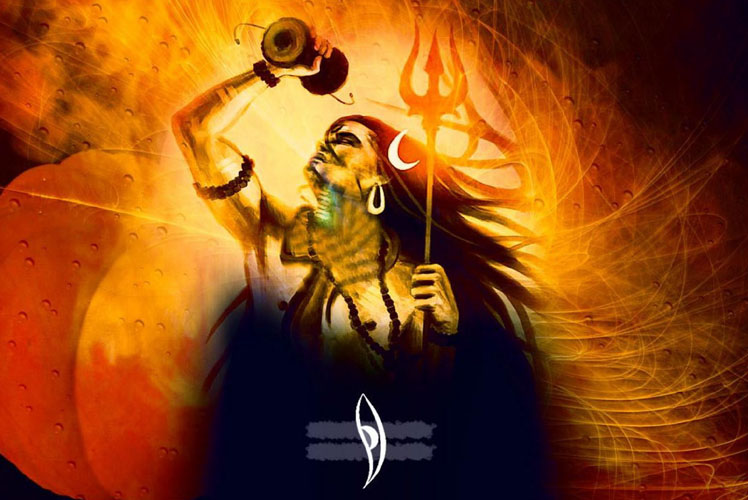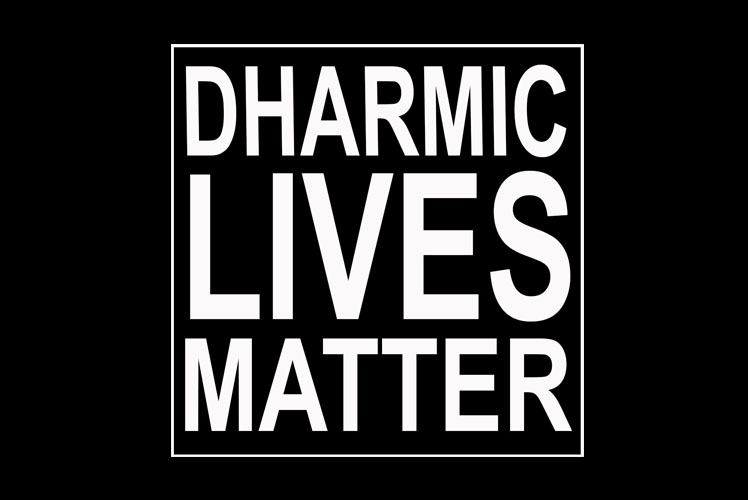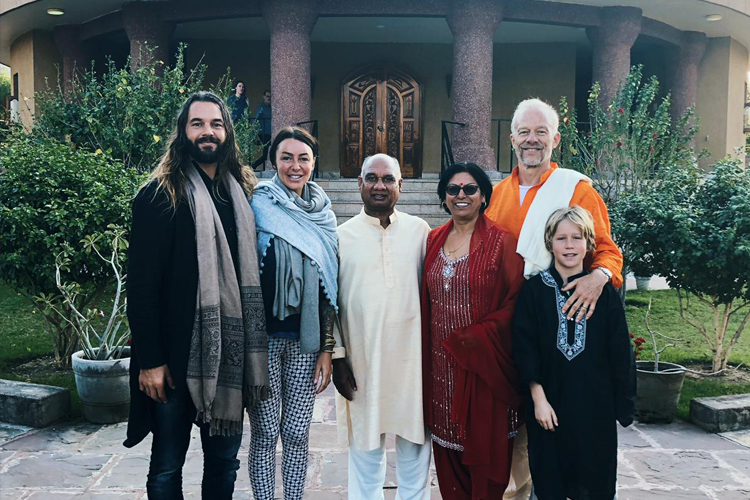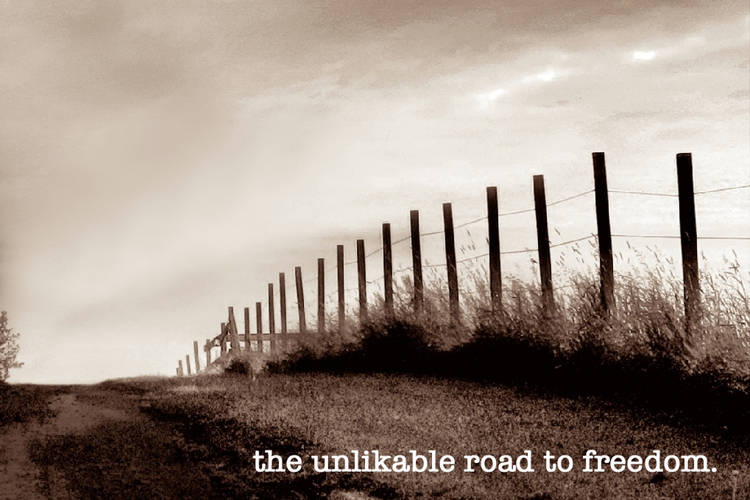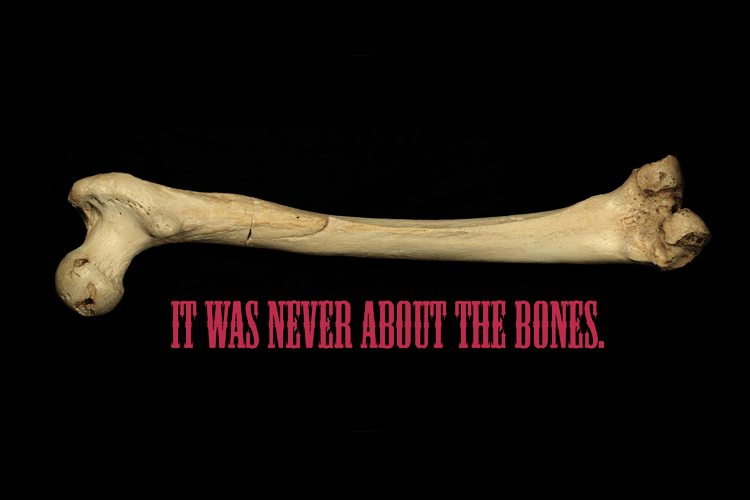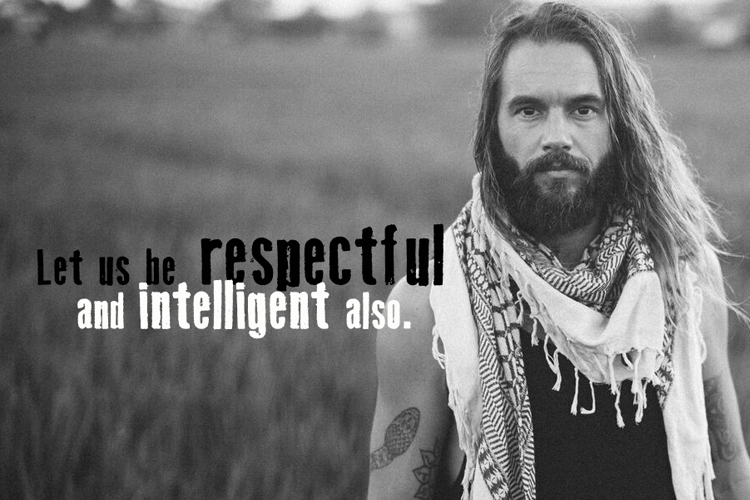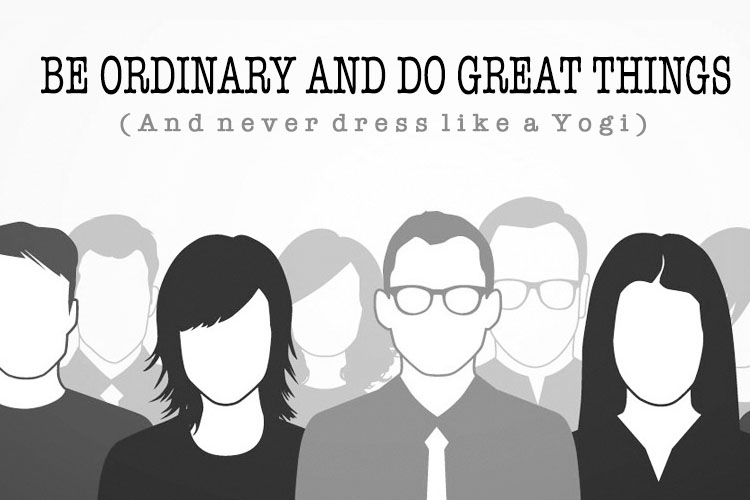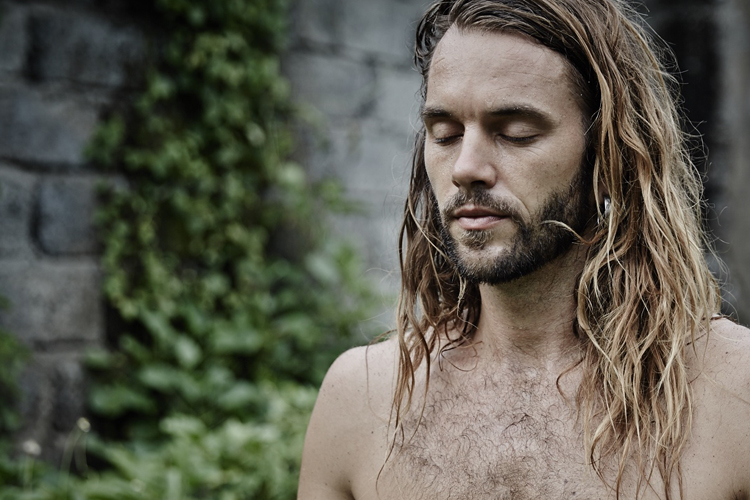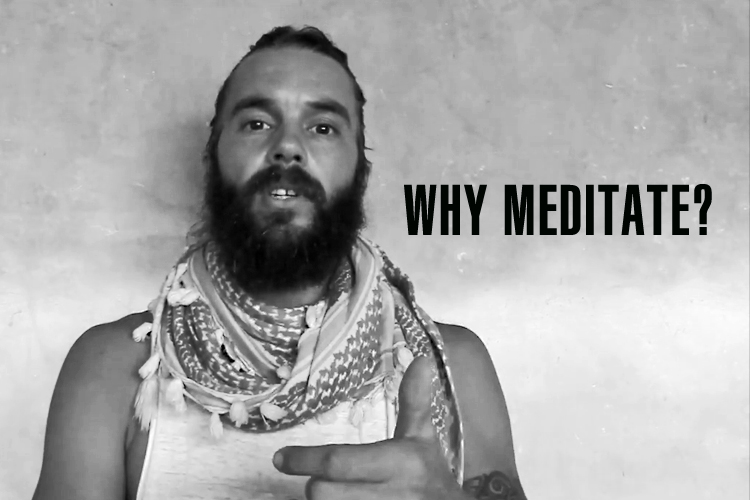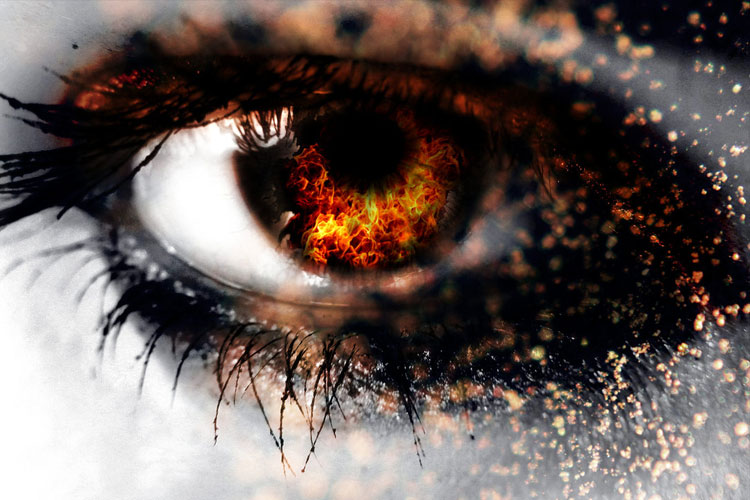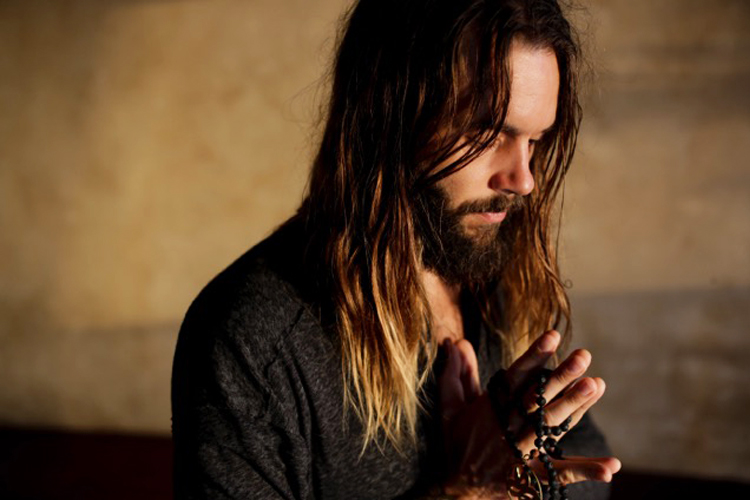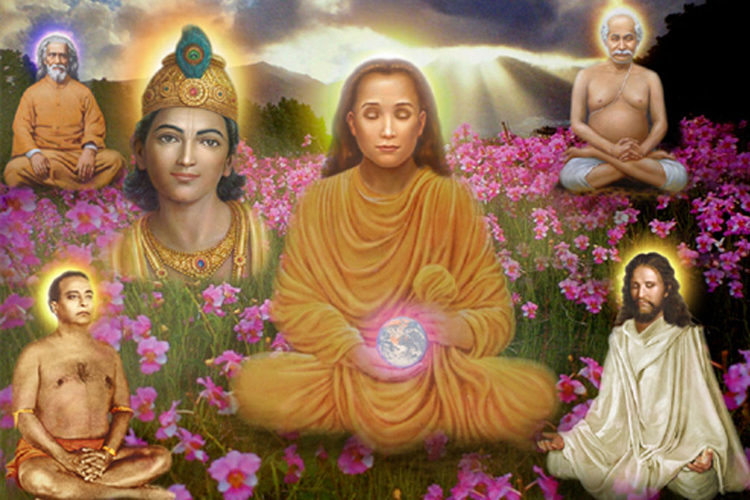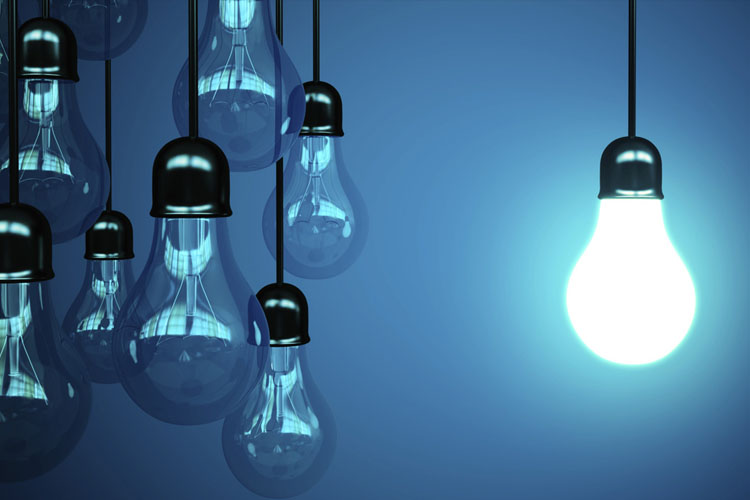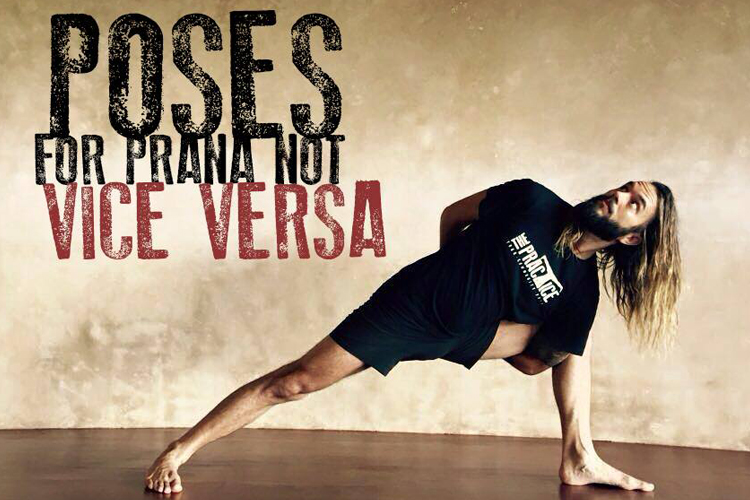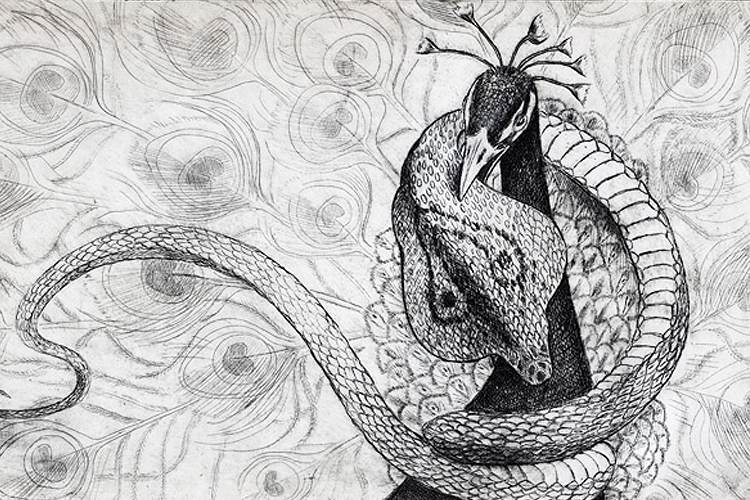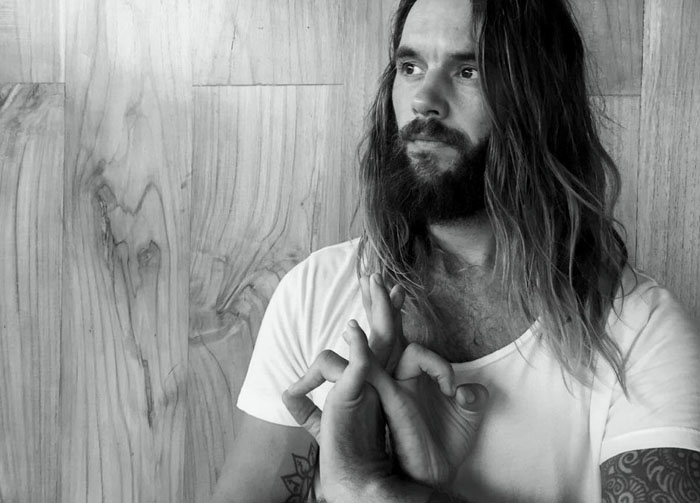By Octavio Salvado..
Today, Tantra’s innocence is being robbed by charismatic perverts, fooling the masses that Sex is Tantra and sensuality can lead to enlightenment. Its nonsense. Don’t buy into the hype. You’ll only slow down your progress, and probably create an absolute mess of your relationships in the process.
This grand deception is a prime example of Maha Maya (cosmic delusion) in Her most dazzling cloak, where She has even tricked us into poisoning life’s greatest medicine – practice itself. Such fun She has! But the time has arrived for us to wake up to the reality that although sex can be sacred and should certainly always be conscious and beautiful, for yogis like us, it cannot be truly Tantric.
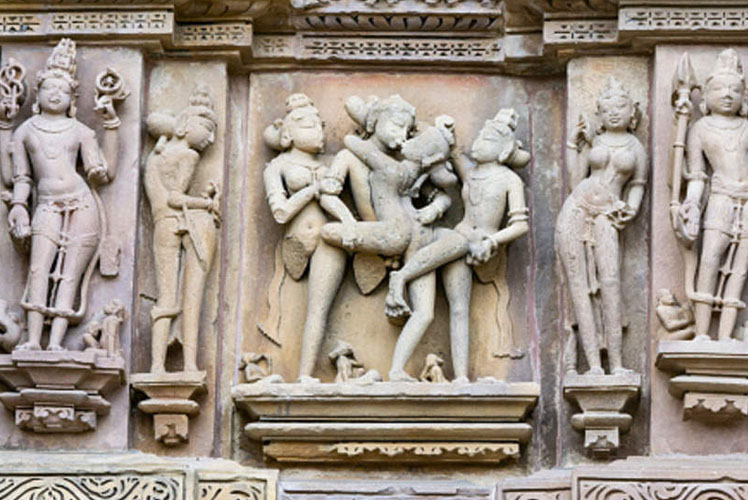
Why can’t Sex be Tantric?
Because the ritualistic rigours of the Left-handed path (the aspect of Tantra that involves sexual practices) are far beyond the reach and capacity of general practitioners. Ask yourself, can I:
- Sit perfectly still for 3 hours?
- Sense, guide and direct my own Prana perfectly?
- Focus my mind in a non-distracted way for long periods of time?
- Activate my own Kundalini Shakti at will?
- Remove all sense of lust and desire from the sexual act?
Now ask yourself, would I:
- Want to perform sexual practices in the presence of other people?
- Be willing to learn the hundreds of necessary Mantras and long list of Mudras and Pranayamas required to perform the Tantric sexual ritual correctly and safely?
If you cannot answer YES to every single one of these questions, then forget about the Left-handed path. Its not for you.
Dabbling in this façade is pure distraction and will only increase our addictive tendencies and unhelpful habits, which will slowly weaken the mind, destroy memory and concentration power and keep our Pranic force bound to the lower Chakras – the exact scenario Tantra is designed to combat.
Just to clarify, a true Tantric Guru would never initiate a practitioner who hadn’t first demonstrated a clear mastery over their own mind and energy and a strong capacity to access their own vast inner pool of Kundalini Shakti. So, if this is not yet a part of your daily Sadhana, let go of the idea.
You cannot sleep your way to Samadhi.
Anyone who tells you differently is either trying to steal your money or get in your pants. Having lived minutes away from one of the biggest (and most notorious) ‘Tantric’ schools in the world for several years, I’ve seen every Tantric hustle in the book. Yet surprisingly, I’ve never met a self-proclaimed Tantric Guru, or even teacher that emanated the true essence of actual Tantra, Yoga, or just human decency.
My advise is to get a grip on your own life and practice first by mastering the methodologies laid out in Tantric texts like the Hatha Yoga Pradipika, or study with solid Tantric Hatha Yoga teachers who’s lives, practices and relationships truly inspire you. What does a Tantric Practice actually look like?
- Asana (postures)
- Kumbhaka (breath retentions)
- Bandha (Energy locks)
- Mudra (The fusion of Asana, Kumbhaka and Bandha)
- Kriya Meditation (Meditations involving inner light, sound and Pranic movement)
- Mantra Japa (Silent repetition of Mantra)
I am not saying don’t work on intimacy, or ignore the value and wonder of a loving, sexual connection, because these things are a beautiful part of being human. My suggestion is that out of respect, we stop insulting actual Tantra by calling these couple’s workshops, sensuality seminars and masturbation books ‘Tantra’, because they are not. They do not even belong to the same universe.
In reality, if we did manage to find a true Tantric text on the left handed path, we probably wouldn’t even want to read it – far too dry, technical and unsexy! Forget about 50 shades of grey! Think instead, 50 chapters of dense technical information!
The answer is simple – Do your practice! Do it correctly and consistently. Do it daily. Meditate every single day and touch in on that self-luminous being that exists inside of you, full of beauty and free of fear. This is the goal of true Tantra. To transform the inner world and become a living shrine. Then, everything you do, including making love, will be Sacred.
This blog was originally published on the Moon Sun Fire App.
